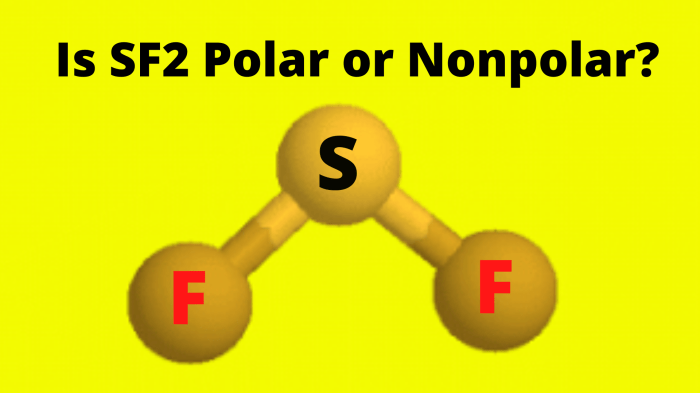Embark on a comprehensive exploration of the Honors Chemistry Dimensional Analysis Worksheet, a powerful tool that empowers students to conquer unit conversions and problem-solving in the realm of chemistry.
This meticulously crafted worksheet guides learners through the intricacies of dimensional analysis, providing a structured approach to converting units and solving complex chemistry problems with precision and ease.
Understanding Dimensional Analysis
Dimensional analysis is a problem-solving technique used in chemistry to convert units between different systems of measurement. It relies on the principle that every physical quantity has dimensions, such as mass, length, and time, and that these dimensions must balance in any equation.
Dimensional analysis is a powerful tool that can be used to solve a wide variety of chemistry problems, including:
- Converting between different units of measurement
- Determining the limiting reactant in a chemical reaction
- Calculating the concentration of a solution
- Predicting the products of a chemical reaction
Worksheet Structure
Honors chemistry dimensional analysis worksheets typically consist of a series of problems that require students to use dimensional analysis to solve. These problems can vary in difficulty, but they all share a common structure:
- A given quantity with its units
- A conversion factor that can be used to convert the given quantity to a different unit
- A target quantity with its units
Students must use the given quantity and conversion factor to calculate the target quantity. The target quantity must have the same dimensions as the given quantity.
Solving Problems
To solve dimensional analysis problems, students must follow a series of steps:
- Identify the given quantity and its units.
- Identify the target quantity and its units.
- Find a conversion factor that can be used to convert the given quantity to the target quantity.
- Set up the calculation so that the units of the given quantity cancel out.
- Solve the calculation to find the target quantity.
For example, to convert 100 grams of water to milliliters, we would use the following steps:
- Given quantity: 100 grams of water
- Target quantity: milliliters of water
- Conversion factor: 1 milliliter of water = 1 gram of water
- Calculation: 100 grams of water x (1 milliliter of water / 1 gram of water) = 100 milliliters of water
Common Units and Conversions
The following table lists the common units used in honors chemistry and their conversions:
| Quantity | Unit | Conversion |
|---|---|---|
| Mass | gram (g) | 1 kilogram (kg) = 1000 grams (g) |
| Volume | liter (L) | 1 milliliter (mL) = 1 cubic centimeter (cm3) |
| Concentration | molarity (M) | 1 molar (M) = 1 mole of solute per liter of solution |
| Temperature | Kelvin (K) | 1 degree Celsius (°C) = 1 Kelvin (K) + 273.15 |
Applications in Chemistry
Dimensional analysis is used in a variety of areas of chemistry, including:
- Stoichiometry: To calculate the amount of reactants and products in a chemical reaction
- Gas laws: To calculate the pressure, volume, and temperature of a gas
- Equilibrium: To calculate the equilibrium constant for a chemical reaction
Tips and Tricks, Honors chemistry dimensional analysis worksheet
Here are some tips and tricks for simplifying and speeding up dimensional analysis calculations:
- Use the unit circle method to keep track of the units in your calculations.
- Look for patterns in the units of the given and target quantities.
- Use a calculator to perform the calculations.
- Check your answers to make sure that they have the correct units.
Questions and Answers: Honors Chemistry Dimensional Analysis Worksheet
What is dimensional analysis?
Dimensional analysis is a technique used to convert units from one system to another by multiplying and dividing by conversion factors.
How can I use dimensional analysis to solve chemistry problems?
Dimensional analysis can be used to solve chemistry problems by converting the given units into the units required for the calculation.
What are some common units used in chemistry?
Common units used in chemistry include grams, liters, moles, and joules.
How can I simplify dimensional analysis calculations?
Dimensional analysis calculations can be simplified by using conversion factors that cancel out units.
